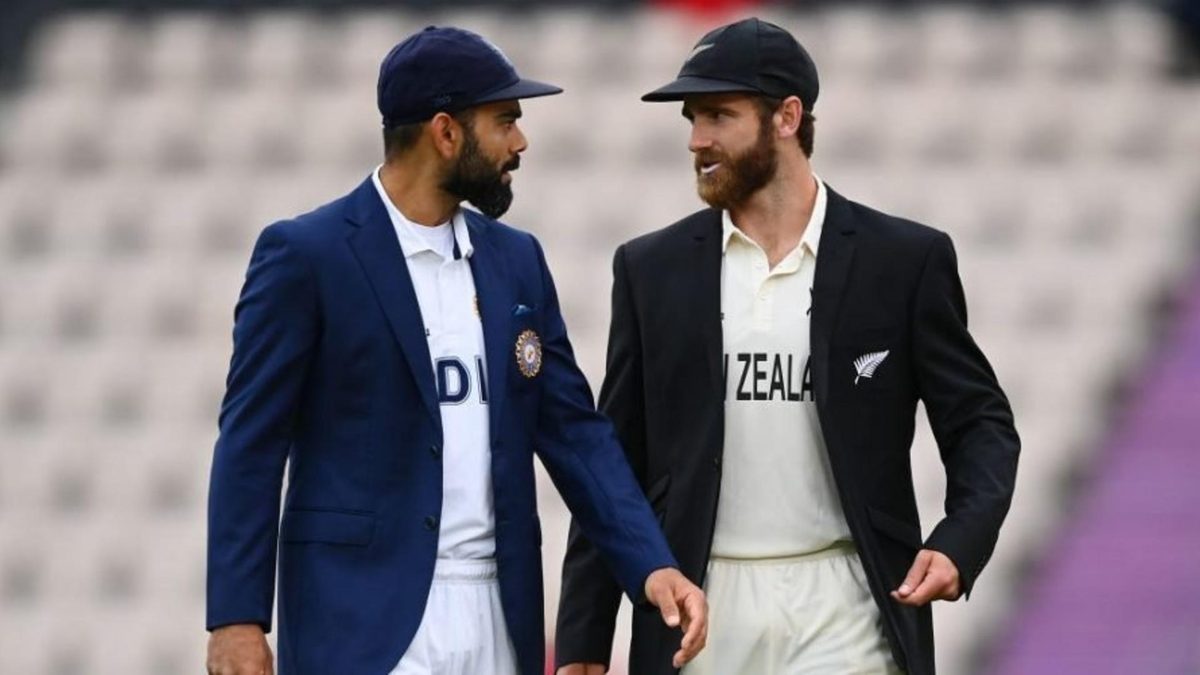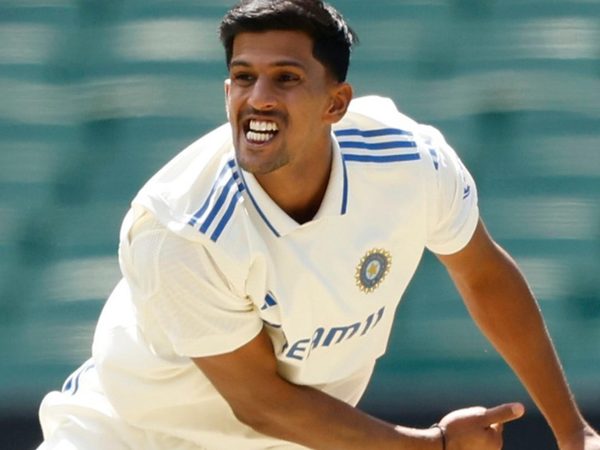
New Zealand were crowned the inaugural World Test Championship title winners after six days of anticipation and four days of riveting action. Rohit Sankar looks at takeaways from the Ultimate Test.
Subscribe to the Wisden Cricket YouTube channel for post-match awards, player interviews, analysis and much more.
Action befitting of a final
Rarely has an epilogue lived up to the play. Here, the WTC final stood on the precipice, nearly falling into the abyss where a lot of tournament finals lie, each time gathering itself together to produce action that left fans spellbound.
From a stage where a result looked improbable to India gaining an upper hand early on day five to New Zealand seizing the initiative back by the close, the match see-sawed between two of the best teams in the two-year WTC cycle. On the sixth day, the sunniest day in the entire Test, the quality of cricket shone through with the side that grabbed key moments in the day going on to win the title.
Even as debates rage on about how good a single Test is to judge the best Test team in a two-year cycle, the on-field action and the sheer quality of it made this quite a spectacle.
Fast bowling in Test cricket at its peak
Heading into the final, India and New Zealand boasted two of the best pace attacks in world cricket today. They lived up to the hype with the conditions setting the stage up perfectly. There was a barrage of good length deliveries and scoring rates, despite the obvious batting quality, were low.
Kyle Jamieson ended the Test with extraordinary figures of 46-22-61-7. Mohammed Shami, whose place in the XI itself wasn’t guaranteed given India’s fast bowling pool, ripped through New Zealand’s heart on day five to bring India back into the contest. Jamieson and Wagner produced bursts that arguably won New Zealand the Test on day six. That Tim Southee, Trent Boult, Jasprit Bumrah and Ishant Sharma were reduced to sidekicks underlines the quality of bowling that was on display.
Bowlers who can bat make a huge difference
At 162-6, New Zealand seemed to have lost their grip on the game, but their tail, headed by their newest fast bowling talent who averaged in the late 40s with the bat before this Test and boasting of two of the best six hitters among tail-enders in the modern era, added valuable runs to help them take a lead. The last four wickets added 58 runs in all.
Contrast this to India’s tail which barely held up in both innings. Their last four scored 51 runs across the Test, seven less than what New Zealand managed in one. While India’s inability to run through the opposition tail is a perennial problem, what might worry them more is that in their golden generation of fast bowlers, few can do a decent job with the bat.
NEW ZEALAND ARE THE INAUGURAL ICC WORLD TEST CHAMPIONSHIP WINNERS 🎉#WTC21 Final | #INDvNZ | @BLACKCAPS pic.twitter.com/HMIaYI32Az
— ICC (@ICC) June 23, 2021
Kane Williamson edges Virat Kohli in batting masterclass
These are two extraordinary batting geniuses playing in the ultimate contest and the skill was on full display for everyone to see. Virat Kohli, batting outside his crease to counter the swing and seam, pushed, prodded, was beaten, and played some exquisite shots through them all to make 44 high quality runs. He couldn’t quite convert it into a much-needed bigger knock and fell to Jamieson for the second time in the Test in his next outing.
If Kohli showed glimpses of his quality as a Test batter, Williamson showed quite a bit of it. Having come out with the sole purpose of surviving the Indian quicks under overcast skies, Williamson made just two runs in an entire session in the first innings in a remarkable display of restraint. He was eventually dismissed for 49, but grabbed his second chance in the Test to guide his side home.
New Zealand’s golden era and India’s future
New Zealand have reached three of the last five ICC tournament finals and this generation of cricketers have turned them from perennial dark horses to among the top favourites to win titles. Their golden era – marked by the stage where the careers of Williamson, Southee, Boult, Ross Taylor and Tom Latham stand – now has a world title to show for their work. They may not be find a place in the greatest Test sides to have graced the planet, but the Blackcaps, in spite of their lower financial structure, showed they are deserved winners by toppling a Big Three side. An ICC trophy eludes the most consistent cricket team across formats in the last few years, but India’s future, exemplified by Shubman Gill and Rishabh Pant, both of whom played quality knocks in the final, is in safe hands.
The team selection that arguably tipped the scale
India named their playing XI, which had their two best spinners, a day before the actual day the Test was supposed to begin, and a lot changed in the next 24 hours as rain lashed out in Southampton. India did not change their side to bring in a quick bowler when the toss eventually happened, but in hindsight, they probably ought to have.
New Zealand, like India, banked on their strengths, and played five quicks resisting the temptation to play a spinner. While both calls were understandable, given the role the rain played and the conditions in general, it can be argued that the selection played a part in the result. Would India have performed even better with the ball if they had an additional quick? Probably. Probably not. But, if there’s something to take away for India for the England series, reading conditions well would likely top the list.








